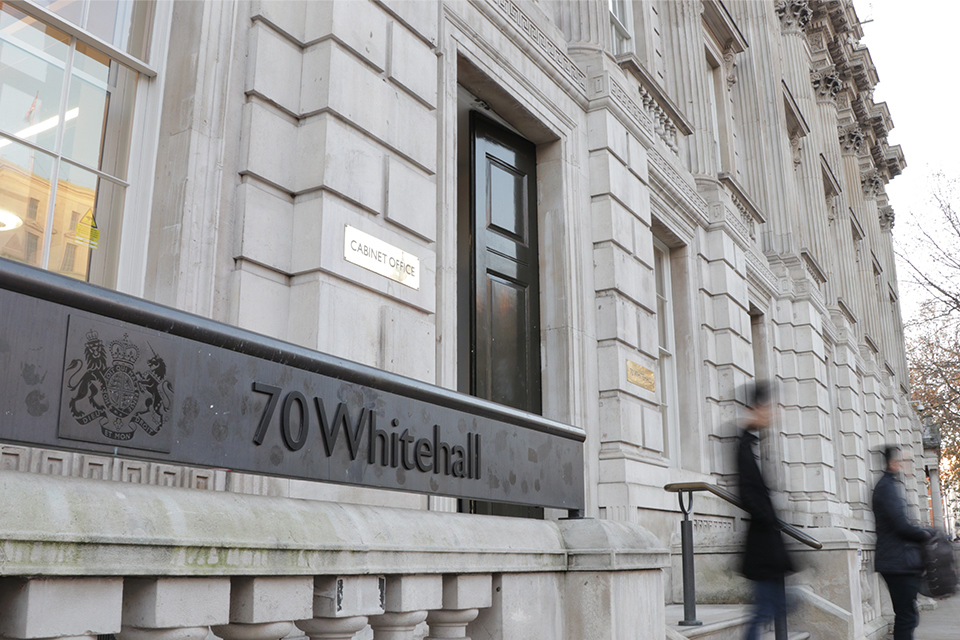Department did not breach 5% target in 2015-16 or 2016-17, report reveals
The failures of IT and business process outsourcer Concentrix are among the key reasons why HM Revenue and Customs will fail to meet its fraud-reduction targets for a second year running, the department has said.
HMRC agreed a three-year payment-by-results contract with Concentrix in May 2014, under which the firm was tasked with vetting around two million tax credit cases that the agency forecast were likely to contain fraud or error.
However, in August last year, Concentrix became increasingly unable to deal with the volume of calls from tens of thousands of tax credit recipients who had been told their payments were being suspended.
Related content
- HMRC promises thorough pilots for digital tax reforms but stops short of delaying launch
- IT failures ‘contributed to HMRC contract termination’
- NAO urges government not to leave HMRC high and dry on customs platform time bomb
There were also failures in the IT platforms deployed by the outsourcer, with “a routine technical update to [its] systems” on 11 August 2016 leaving staff unable to access or update claimant details for a period of 26 hours, according to a National Audit Office (NAO) report published earlier this year.
HMRC was forced to intervene, ultimately ending the contract early and bringing services back in house.
Meanwhile, the department had been tasked with limiting fraud and error in tax credit payments to 5% or less of paid entitlement during 2015-16 and 2016-17.
But HMRC’s latest estimate for 2015-16 is a 5.5% rate – equating to £1.57bn – and its just published annual report says “loss of additional capacity” in the wake of the failure of its contract with Concentrix meant it would not meet its error and fraud target for 2016-17.
The situation has prompted comptroller and auditor general Amyas Morse to qualify his regularity audit opinion on HMRC’s 2016-17 resource accounts – the 14th year running such a move has been taken.
According to the NAO, the projected increase in error and fraud related to tax credits was due to “income, work and hours, childcare and undeclared partner risk categories” in 2015-16, and the introduction of the “Commercial with a view to a profit” self-employed test and Concentrix in 2016-17.
It added that its tax-credit workload would “steadily” reduce as customers migrated to Universal Credit, with no new claims being taken from October next year and no renewals of awards after March 2022.
“We currently expect around 220,000 customers to move to Universal Credit in 2017-18,” it said. “As our customers migrate we will also see a reduction of staff within HMRC, with up to 4,000 members of staff and seven buildings from the current estate scheduled to transfer across to DWP in line with the phased migration timetable through to 2022.”
Elsewhere, HMRC warned that 15 ongoing transformation programmes may not deliver the level of efficiencies originally expected, but said it still aimed to achieve its efficiency target from changes in other areas.
The NAO said the scale of transformation envisaged by the agency would be “challenging to manage” and that in 2016-17, HMRC had reported £78m of savings against an originally expected £189m.
“HMRC must ensure that any changes to scope or timing of programmes do not jeopardise the delivery of benefits,” it said.
Headquartered in the US, Concentrix is owned by Synnex Corpporation, one of the world’s biggest IT distributors.
A version of this story first appeared on Civil Service World.



